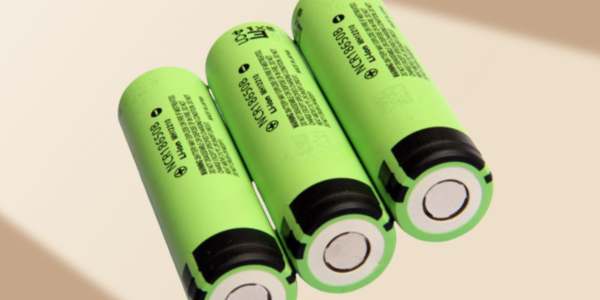Exploring the Distribution of 18650 Cylindrical Batteries Powering the Future
Exploring the Distribution of 18650 Cylindrical Batteries: Powering the Future
In an increasingly energy-driven world, innovative solutions are paramount in meeting the demands of modern technology and sustainable energy. Among the unsung heroes of this transition are 18650 cylindrical batteries, which have laid the groundwork for a myriad of applications across various industries. Understanding the distribution of these versatile power cells is essential for unlocking their full potential and promoting efficient usage.
At the core of the 18650 battery's popularity is its cylindrical shape, measuring approximately 18mm in diameter and 65mm in height. This compact design allows for significant energy storage while maintaining portability, making it a preferred choice for electronic devices, electric vehicles, medical equipment, and renewable energy storage systems. As consumers increasingly rely on portable electronics, the demand for 18650 batteries continues to spike.
The distribution of 18650 batteries can be categorized into several key sectors: consumer electronics, electric vehicles (EVs), and energy storage systems. Each market segment has unique requirements and applications that further highlight the battery's versatility.

In the realm of consumer electronics, devices such as laptops, smartphones, and power tools extensively utilize 18650 batteries. The growth of the smartphone industry, in particular, has contributed to soaring demand, as manufacturers seek efficient, reliable batteries to power their latest technologies. This trend has prompted countless research and development initiatives aimed at improving battery life, performance, and safety.
Electric vehicles represent another defining market for the distribution of 18650 batteries. Industry giants, including Tesla and Panasonic, have recognized the value of these cells and integrated them into sophisticated battery packs that power electric cars. The shift towards sustainability and cleaner transportation options has fueled the rise in EV adoption, leading to significant increases in 18650 battery production. This synergy between electric vehicles and 18650 batteries underscores their critical role in the automotive industry and the global push for greener technologies.

Moreover, the growing focus on renewable energy has spotlighted the importance of energy storage systems, where 18650 batteries are employed to store surplus energy generated from solar and wind sources. These batteries help curb energy wastage and provide a reliable power source during periods of low production. As more households and businesses increasingly invest in solar panel systems, the demand for efficient and scalable energy storage solutions based on 18650 batteries is expected to blossom.
Despite the numerous advantages of 18650 batteries, the distribution landscape is not without challenges. One of the primary concerns is the sourcing of raw materials such as lithium, cobalt, and nickel. As the demand for these materials rises, ensuring ethical and sustainable mining practices becomes crucial. Additionally, battery recycling is an area that requires more attention to minimize environmental impacts and conserve resources.
Furthermore, with technology evolving at an unprecedented pace, manufacturers face pressure to address safety concerns associated with lithium-ion batteries, such as thermal runaway. Implementing rigorous quality controls and safety measures will be essential to fostering consumer trust and industry growth.
Looking ahead, the future of 18650 cylindrical batteries appears bright. With continuous advancements in battery technology, including developments in solid-state batteries, their efficiency, energy density, and longevity are bound to improve. This will not only enhance existing applications but also pave the way for innovative uses in upcoming technologies, including drone delivery systems and electric aviation.
In conclusion, the distribution of 18650 cylindrical batteries serves as a fundamental pillar for technology and clean energy initiatives alike. Their unique characteristics make them indispensable across various sectors, fueling a wave of innovation aimed at creating a sustainable future. As demand continues to soar, addressing challenges related to materials sourcing, recycling, and safety will be crucial in harnessing the enduring power of these incredible cells. A world empowered by 18650 batteries is not just a possibility; it is a reality that is unfolding before our eyes, driving us toward an electrifying future.

